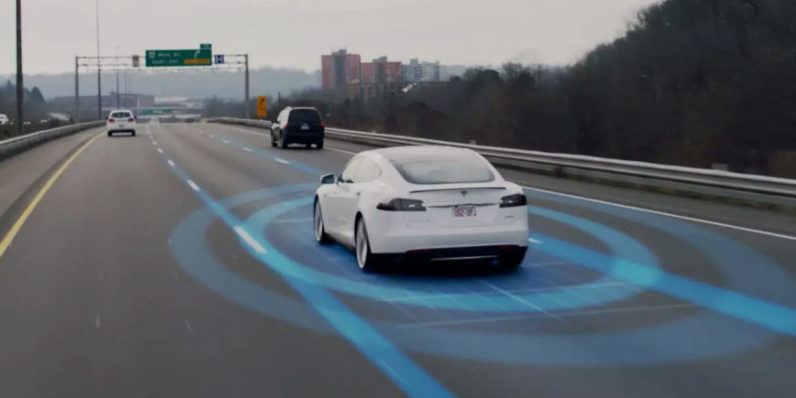By: Anav Chopra
Over the course of history, sports have helped develop a sense of healthy competition and entertainment in society. Today, sports are a key component of our culture. Whether it be by developing physical and social skills in earlier years of life, such as through pee-wee football, or watching your favorite sport on T.V. while you cheer on your favorite team, sports are all around us.
Around the world, there are mega sporting events taking place, such as: the Summer and Winter Olympics, Super Bowls, World Series, and World Cups. Many cities eagerly host these events in hope of funding for new infrastructure, community involvement, and a boost in tourism. For many cities, the chance to host a sporting event means an improved economy and a better life for their citizens.
However, past experiences have showed that host cities do not always gain the benefits that they had hoped for. Rather, these events leave severe environmental consequences. These consequences include the pollution from the building of all the new stadiums and facilities as well as when the event is actually taking place. As an enthusiastic football and basketball fan, this news was quite the eye opener.
Carbon emissions that boost climate change are a major factor of events’ ecological footprint. Some organizations implement policies for the carbon emissions generated by an event. However, in a time where global warming is becoming more and more prevalent, do these “policies” truly provide comfort? Moreover, these calculated large emissions of carbon do not even start to account for the tons of trash and food waste, energy consumption to power the stadium and hotels, or water consumption for the fields, pools, and even the toilets.
One research study conducted by professors in the United Kingdom looked to estimate the ecological footprints of a major sporting event. The event they used as their case study was the Football Association Challenge Cup Final (English domestic football). The factors assessed while calculating this footprint included transportation, food and water usage/waste, as well as infrastructural developments.
“The study found that the average attendee generates a footprint seven times greater than an average person living an average lifestyle. The reason for this drastic increase is due substantially due to transportation. The consumption of food and drink, and the energy and resources required to produce that food and drink, makes up the next largest part of the footprint.” (Forbes)
Due to the stadium that the event took place in being extremely old, the stadium itself did not have an immense impact to the result. However, stadiums will not always be this old. As technology in our society is being innovated everyday, the demand for stadiums that will attract large sports teams high. These stadiums are now offering state of the art facilities and technologies that no team wants to give up. For example, in the NFL, there have been at least eight new constructed stadiums in the last 15 years. (Football Stadium Digest)
Lastly, the opportunity and excitement that comes with hosting a mega sporting event leads to cities relaxing their rules for development and preparation. This may be because of the short amount of time given to prepare for hosting the event, or it may be that cities receive lots of pressure to satisfy their expectations for the event.
Sports are definitely a vital part of our culture. They are integrated into many people’s daily lives. However, we cannot continue to let the pressure of extravagance get in the way of the Earth’s wellbeing. Is there any way to bring more awareness to this issue? What can we do to decrease a sporting event’s ecological footprint? Do you believe that the change that is necessary will be implemented in the near future?














